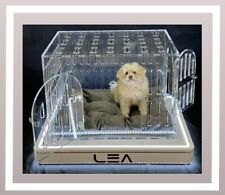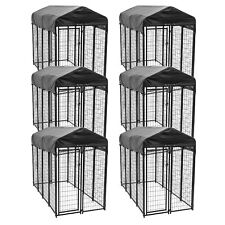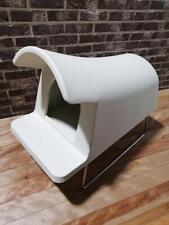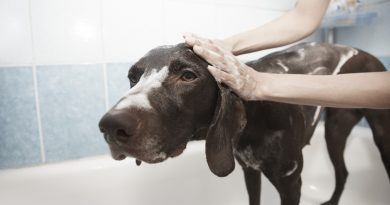Taking Your Cat on a Plane

1. Discuss your pet’s trip with the airline officials and make sure you can take the cat in the cabin with you. Be aware that the airlines will charge you for this privilege, and make sure you understand what the charges will be. Cover yourself by documenting all conversations, including a list of whom you spoke with, where and when.
2. Reserve tickets as early as possible for both you and your cat, because airlines limit the number of pets they allow in the cabin on any one flight.
3. Get an airline-approved carrier. The carrier must fit under the seat in front of you, and many airlines also have other requirements. Double-check airline policies. Get the carrier several weeks before your trip, so your cat has time to get used to snoozing in it.
4. Print your cat’s name and your name, address and phone number for both your home and destination on a piece of paper that you tape to the crate. Be sure to also tape the flight information securely to the carrier.
5. Try to avoid stopovers. A nonstop flight is best.
6. Visit your cat’s veterinarian a few days before you leave and ask for a current health certificate and an updated vaccination certificate for your cat. Airlines and some county, national park and border patrol officials may require proof of an up-to-date health certificate.
7. Do not give your cat any food for several hours before the trip, and give him just a moderate amount of water.
8. The American Veterinary Medical Association advises not to give your pet a tranquilizer before flying, because some animals react badly to the combination of high altitude and a sedative. Instead, have a long play session before the flight to help your cat sleep through it.













